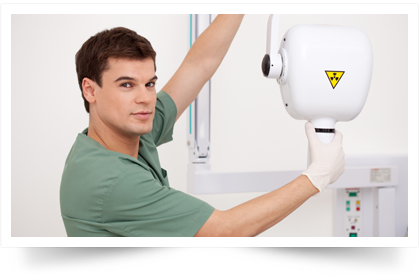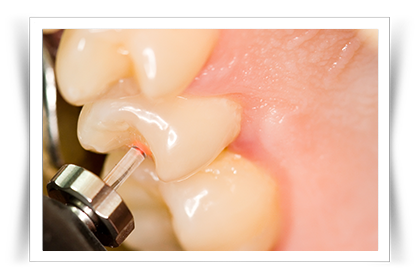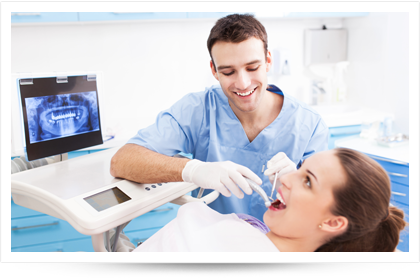Dental Technologies
Digital Radiography
Like an X-Ray, digital radiography is used to take detailed pictures of your teeth and, in some cases, jaw structure. An image is taken via a small sensor placed intra-orally which is then stored digitally to allow aid in the diagnosis and for use in future visits to monitor progress.
As an added benefit of using digital radiography, the amount of radiation exposure required for a clear picture is significantly reduced. Due to it's digital nature, clear images can be obtained more reliably in circumstances of over or under exposure. The dose at which the patient is exposed during the digital radiograph is one-tenth of the dose using a conventional X-ray apparatus.
LASER
This exciting technology delivers controlled amounts of energy to carefully limited area, which in turn reduces trauma and post operative discomfort. As an additional benefit, due to its precision, there is a reduced need for large amounts of anaesthesia. Lasers are used for surgery on hard and soft tissue, as well as removing decayed tooth structure for restoring the tooth. Further, the use of a dental laser allows a faster healing process in the treatment of periodontal disease.
VELSCOPE
According to statistics more than 40,000 new cases of oral cancer would be diagnosed this year in North America. As a routine oral examination we visually inspect the condition of the tongue and its under soft tissue, the palate, inside the cheeks, and the lips. Velscope is a portable device that aids in detecting cancer and pre-cancerous soft tissue lesions as well as areas of concern that may require further action and that might otherwise have been overlooked.
www.velscope.com






Social